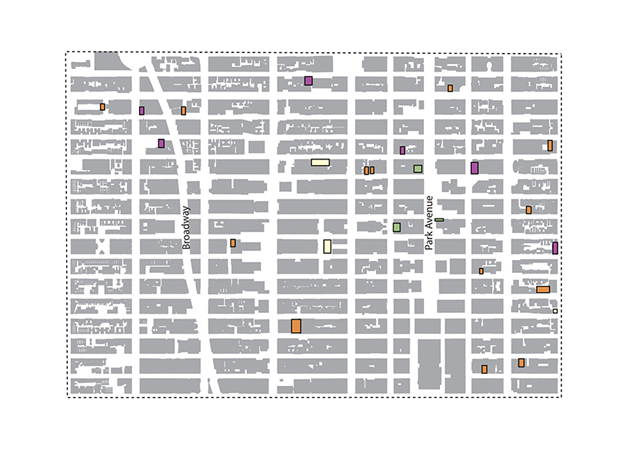new urban configurations
Urban areas have been caught up in a turbulent process of transformation over the past 50 years and changes have been rapid, with issues such as mobility, nature, water management, energy use and public space featuring prominently. In 2012 the Faculty of Architecture at the TU Delft hosted the international conference 'New Urban Configurations', exploring the connection between research and design regarding urban transformations. This book is a rich collection of the presentations, organized in the five themes: innovation in building typology; infrastructure and the city; complex urban projects; green spaces; and delta urbanism.
green galaxies
Urbanization puts pressure on open space. Natural open space is valuable as ‘restorative’ space: visual, physical and conceptual open space where nature can be experienced. A strategy to address this would be to translate the restorative aspects of natural spaces to small-scale urban spaces, providing opportunities for restoration as part of everyday life. These spaces can be found by exploiting leftover spaces in the interstices of the urban tissue. Such an interstitial, polycentric strategy could create a non-hierarchical pattern. Its internal logic, determined by situation, dependent on time, coincidence and circumstance is derived from the inbetween and coincidental character of the interstices, simultaneously autonomous and situational. This separate layer, aside from the urban network and at the same time intertwined with it, could open up a new view to the city: a ‘green galaxy.’. This paper presents Paley Park (1967) as a case study of an interstitial garden, to discover several landscape architectural translations of the different aspects of a restorative setting.
In Roberto Cavallo Susanne Komossa Nicola Marzot Meta Berghauser Pont red New Urban Configurations Delft IOS Press 2014 pp. 930-935.
